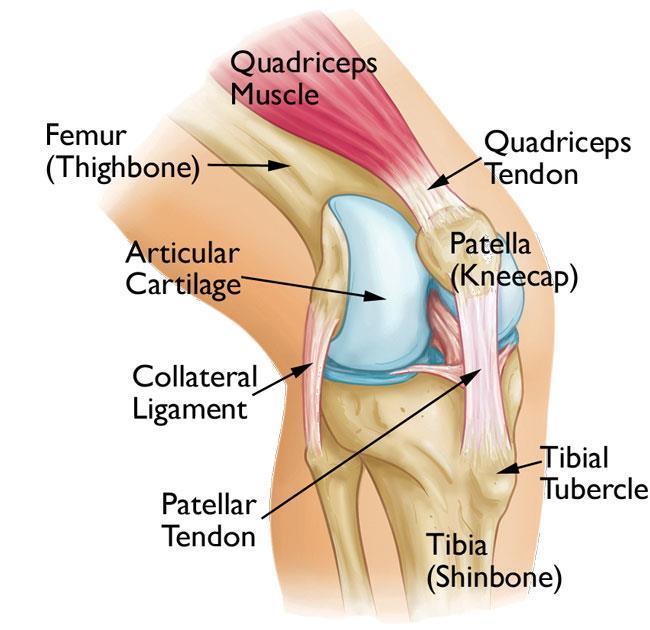
PFPS: Your Step-by-Step Guide
Knee pain can be immensely confusing, frustrating, and painful. It is not something anyone should have to deal with on a daily basis. An underdiagnosed cause of knee pain is Patellofemoral Pain Syndrome or PFPS. It can often act as a mimicker of IT Band syndrome, patellar tendonitis or even knee arthritis.
Today we'll go over the four most important things to know about PFPS Specifically:
1.What is PFPS?
2. What causes it?
3. Do I need surgery?
4. What are the best treatments?
What is PFS?
PFPS is a functional condition involving diffuse pain at and around the knee (generally in the front). What we mean by functional is that it is a biomechanical issue, not something damaged or broken. By functional we mean there is rarely a structural cause (torn ligament etc) causing the conditions. It can only be diagnosed after other conditions are ruled out. These included IT Band syndrome, a meniscus tear or arthritis. It is very common in runners, athletes, and active individuals
What causes PFPS? Generally there is not a specific injury (fall, slip, etc.) that causes it, instead it starts more gradually. Generally it is due to “too much” or “too soon” Too much— a sudden increase in activity (increase in practices back to back, lack of rest days for a runner) Too soon-- maybe an increase in mileage for a runner or a new program for an athlete in a short period of time
Do I need surgery? No, since it is a mechanical condition (not a torn ligament- ie no damage), surgery is generally not recommended.
The BEST treatment options With most cases of PFPS, a non surgical approach is best. A combination of hands on care with some movement therapy leads to the best results for getting out of pain and getting back to what matters most.
Options include:
o Hip and Knee endurance drills (build your knee resilience)
o Soft tissue therapy (myofascial release, to heal muscles)
o Taping (limited use but can aid in patellar alignment)
o Dry needling (to reduce muscle spasm and trigger points)
o Knee mobilization and manipulation (improve joint motion)
As you can see, PFPS can be treated a number of ways. In order to get the best care for your knee it is important to have this examined by a specialist in neuromusculoskeletal diagnosis.
At Norwood Chiropractic all of our providers work to provide a thorough history and examination in order to give out patients an accurate diagnosis. If you are experiencing what you believe to be patellofemoral (knee pain) symptoms, call to book an appointment today or this week . We will get to the bottom of this together.


.jpg)


